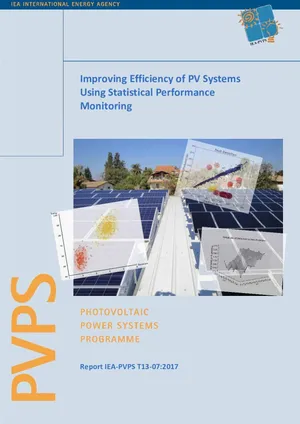Availability, high efficiency and therefore fault detection are of equal importance to the PV system owner and the grid manager for utility‐grade PV and increasingly for the small residential array. With increasing penetration of small arrays, large neighborhoods aggregate to virtual megawatt power stations, creating an amorphous and unpredictable power‐producing entity.
Achieving and maintaining high efficiency is the responsibility of the system owner. Large PV plants are business units in and of themselves and are managed accordingly. Commercial, small industrial and residential systems are usually erected on independent rooftops with no immediate professional oversight as to daily maintenance. Few small systems are effectively monitored. At best, the system owner monitors the inverter and is made aware of faults to the level of awareness that such monitoring is capable of achieving.
The simplicity of the PV system in comparison to other energy‐producing systems makes for difficult fault monitoring. Electricity generation in a turbine of any type, for example, entails many moving parts, different pressure levels, changing angles and speeds. Set‐points defined for sensors on these critical elements in the system can warn of impending system failure. The PV system has only meteorological input and electrical output. No parameters are available for monitoring with a set‐point other than the energy readings and the accompanying electrical parameters sup‐ plied by the electricity generation. Smart meters and new inverter technologies allow monitoring and communications, opening the scope for improved monitoring and analytics at the small system level. Inverter manufacturers and independent monitoring services supply simple metrics to aid in ascertaining system health such as inverter comparison (when more than one inverter exists) and PR calculation (when irradiance values are available). This report examines four new methods using increasingly advanced statistical analysis of the system‐supplied parameters to enable quicker and more exact alerts, particularly for the residential system maintained by non‐ professionals. By being technology independent, the methods have applications for grid‐level integration of distributed energy.
